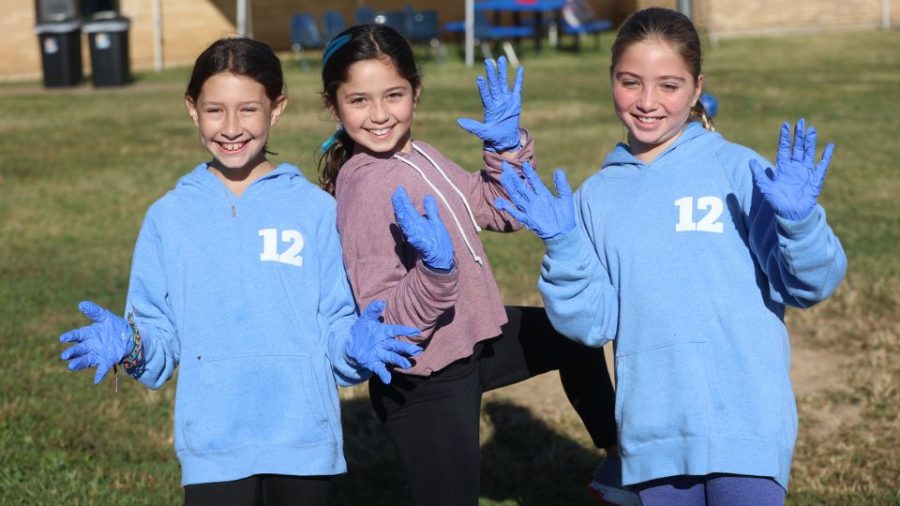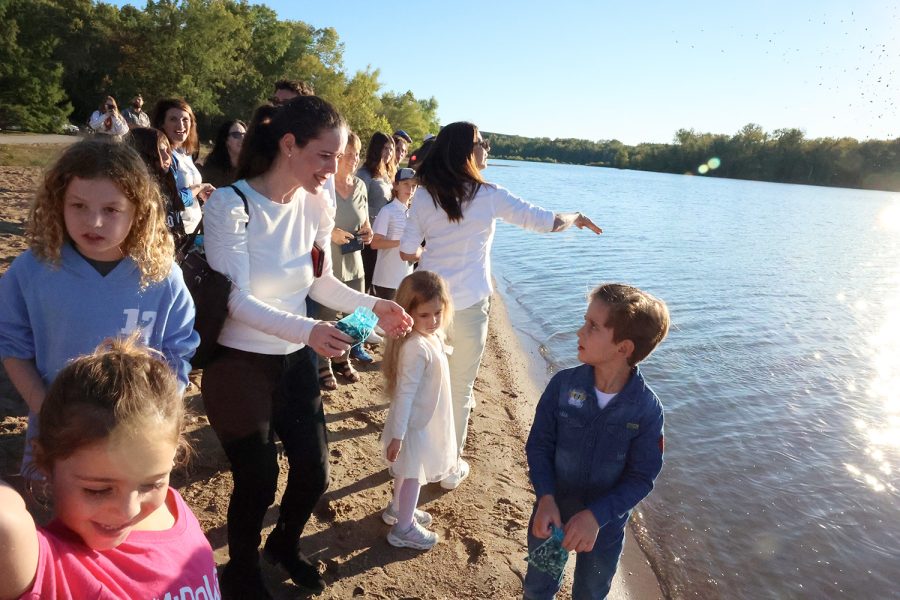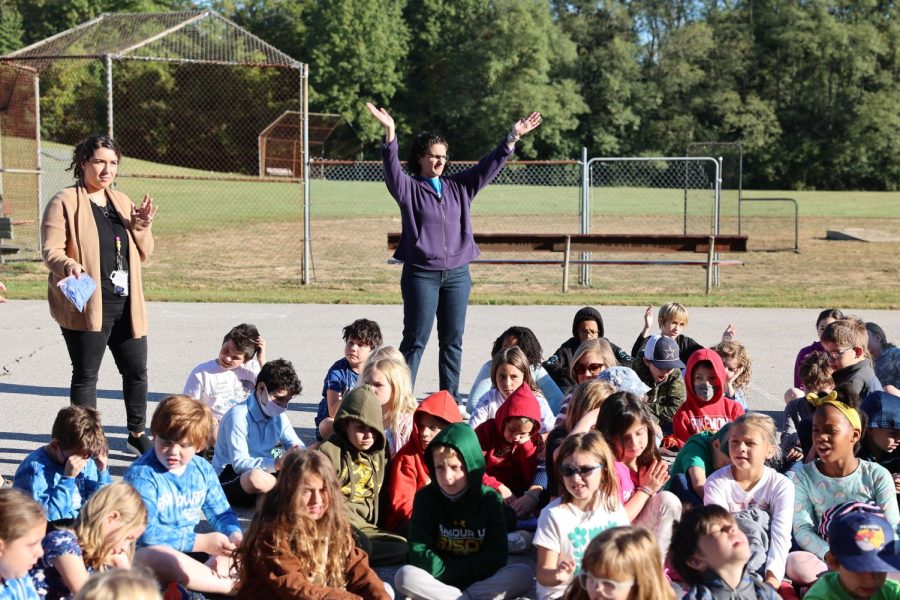Photos: Mirowitz ‘tashlich’ teaches kids environmental ‘teshuvah’
Published October 14, 2022
Students at Saul Mirowitz Jewish Community School on Sept. 30 put a unique spin on the Jewish tradition of tashlich.
The custom involves going to a nearby body of water and casting breadcrumbs or birdseed, symbolic of casting one’s sins from the past year. This year’s version at Mirowitz was an “upside-down tashlich,” in which classes picked up trash throughout the campus.
The alternative tashlich was fitting because it promotes healing the environment, said Raquel Scharff-Anderson, head of school.
“One of the things we focus on here is environmental justice,” she said. “We must make sure that we take care of our environment, and that’s an important part of being Jewish and what we teach here.”
Repentance via casting stones is a common tradition, but it’s not universally popular. A number of learned rabbis dislike the practice because it could be interpreted as a form of magic. Further, there is concern that the tashlich ritual as atonement undermines the concept of teshuvah, said Rabbi Scott Slarskey, Mirowitz director of Jewish life.
“It’s a really interesting tradition that probably started sometime in the 13th century,” Slarskey said. “It’s been somewhat controversial because it came not from rabbis, but from folk tradition. Part of what’s beautiful about the ritual is that we do it yearly, so we get into a rhythm for the kids, which is nice. We go down to a body of water and cast stones into the water and pretend that we’re throwing away the things that we want to get rid of.
“I think there’s a power to that, but we wanted to build something that really walks the kids through the steps of teshuvah, of repentance, and that’s what this is going to do, first by talking about it and framing it, and then giving them a chance to do some work to make things better and reflect upon the impact of it.”
The upside-down tashlich event began with Slarskey blowing the shofar and explaining the objective to students. Then, students donned rubber gloves and combed the grounds for loose trash. Afterward, the collected rubbish was weighed to gauge the impact. The results: 39.75 pounds of trash collected. Of that total, 15.5 pounds were deemed “Mirowitz trash,” and the remaining 24.25 pounds came from outside. It was likely windblown trash that landed on the grounds.
According to Avra Arnow, 9, the project was a good lesson.
“It showed us you don’t have to just throw stuff away — you can pick things up, too,” she said.


















